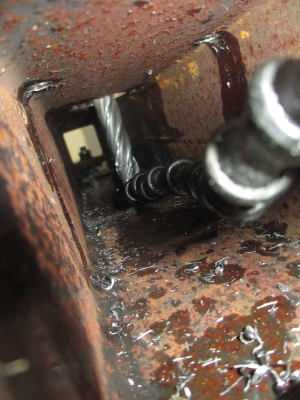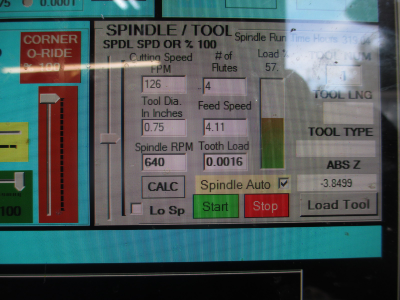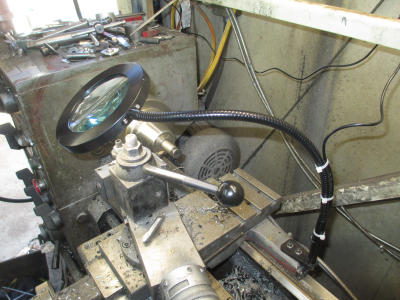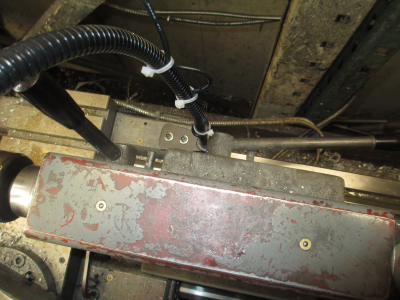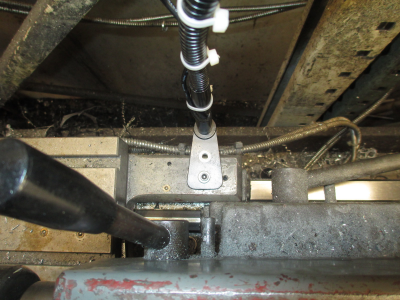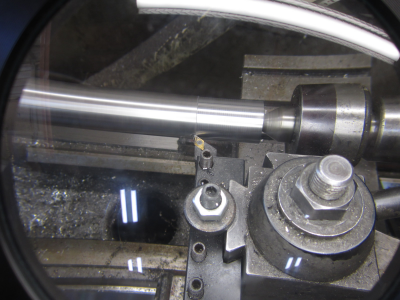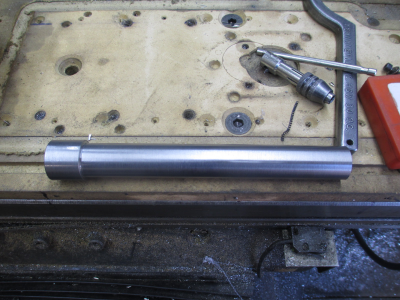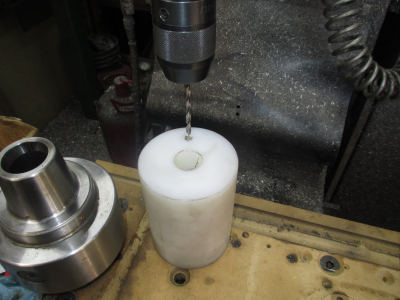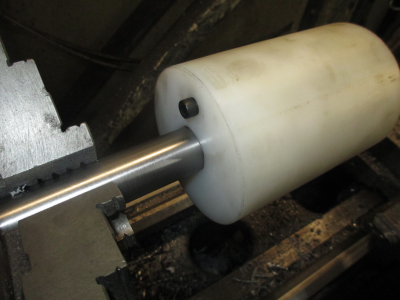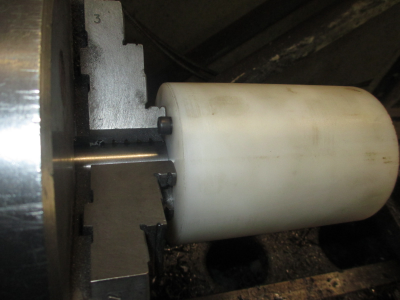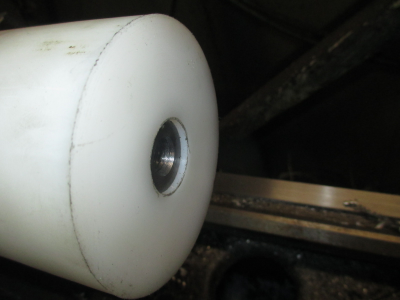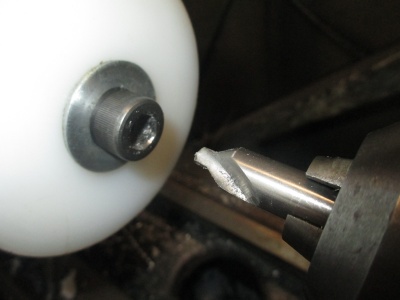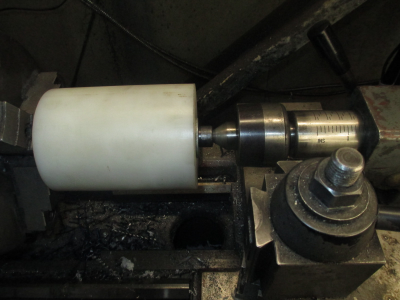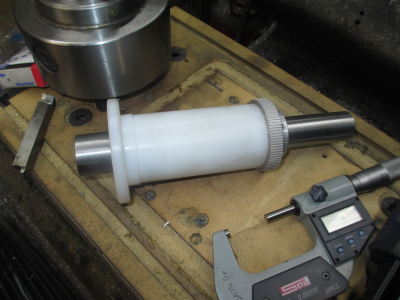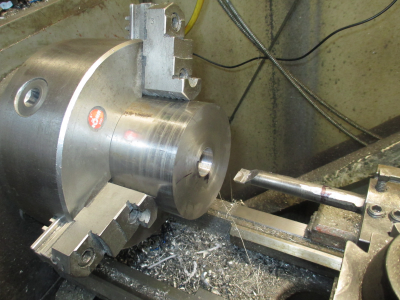- Joined
- Feb 8, 2014
- Messages
- 11,176
I got a little more work done. Trying to setup and run two machines is a little taxing, and the lathe parts run is the priority right now. The press feeder is more of a fill in at the moment..... Until it becomes a panic. 
This is the slide plate that holds the pressure roller. You'll see how all of this goes together later. It was a little exciting going 3/4'' deep in steel with a 1/8'' end mill to do the finish profile to clean up the corners in the center slot. The bulk of the material was removed with a 3/8, 4 flute carbide endmill.
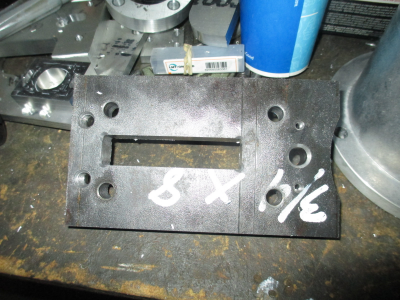
This is the bearing housing and adapter plate for the motor adapter.
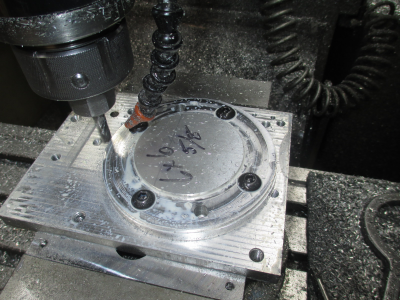
And one side finished along with the adapter (purchased from McMaster).
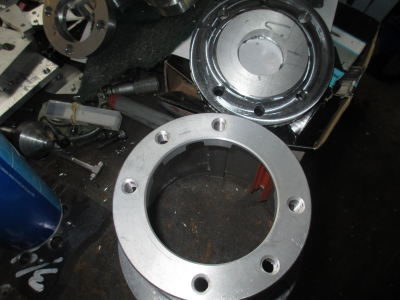
And it fits
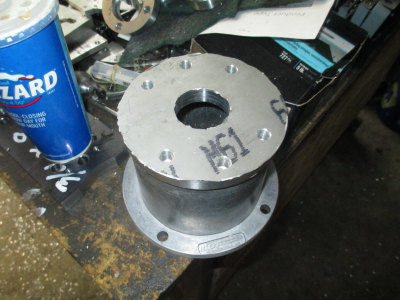
Now I have to flip the bearing housing over and machine the bearing pocket. So this requires a clearance pocket in the fixture plate. This pocket also locates the part exactly on the center so I don't have to re-zero.
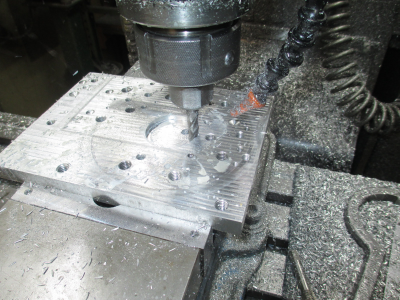
Or at least it should work that way. I'm having a bit of a problem with my machine: When cutting a circle, my Y axis dimension is always 0.002 smaller than the X axis dimension and this problem is getting worse, it used to be 0.001'' difference. When cutting a rectangle, the X and Y dimensions are always correct to +/- 0.0001''. I can't find any backlash in the system, and the math that calculates the circle seems to be correct in the program. I suspect a servo tuning problem, but not sure. I need to take a deep dive into this to figure out. For the moment, I can bore the critical dimensions to the correct size in a second operation, I left them undersize to accommodate the known error.
This is the slide plate that holds the pressure roller. You'll see how all of this goes together later. It was a little exciting going 3/4'' deep in steel with a 1/8'' end mill to do the finish profile to clean up the corners in the center slot. The bulk of the material was removed with a 3/8, 4 flute carbide endmill.

This is the bearing housing and adapter plate for the motor adapter.

And one side finished along with the adapter (purchased from McMaster).

And it fits

Now I have to flip the bearing housing over and machine the bearing pocket. So this requires a clearance pocket in the fixture plate. This pocket also locates the part exactly on the center so I don't have to re-zero.

Or at least it should work that way. I'm having a bit of a problem with my machine: When cutting a circle, my Y axis dimension is always 0.002 smaller than the X axis dimension and this problem is getting worse, it used to be 0.001'' difference. When cutting a rectangle, the X and Y dimensions are always correct to +/- 0.0001''. I can't find any backlash in the system, and the math that calculates the circle seems to be correct in the program. I suspect a servo tuning problem, but not sure. I need to take a deep dive into this to figure out. For the moment, I can bore the critical dimensions to the correct size in a second operation, I left them undersize to accommodate the known error.

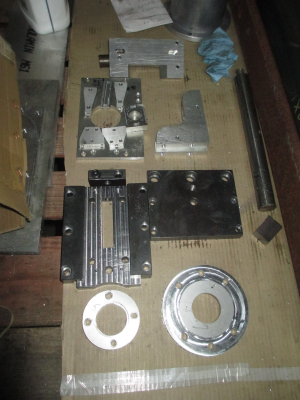
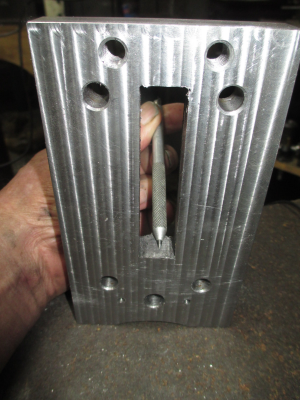
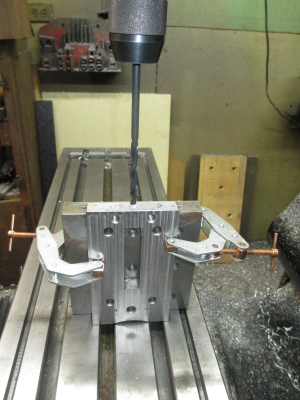
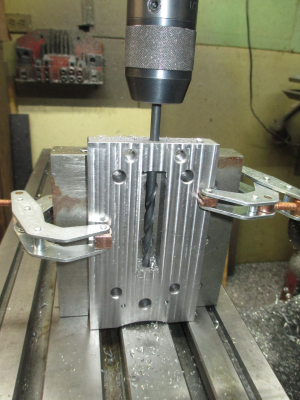
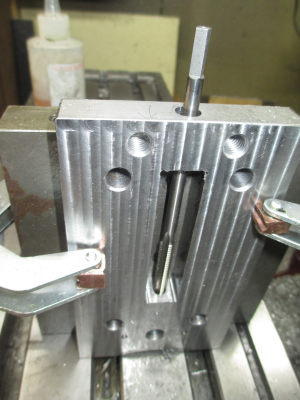
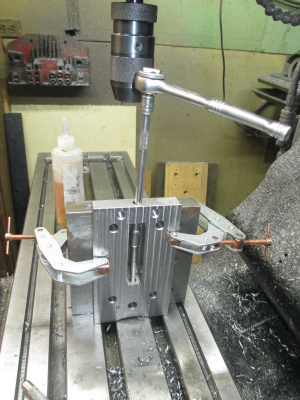
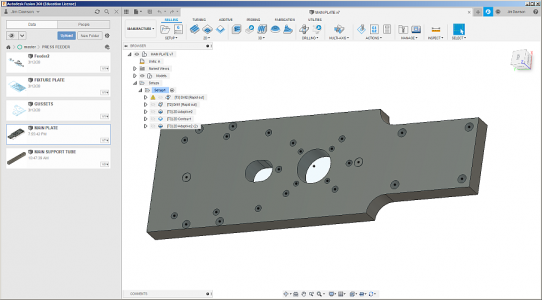
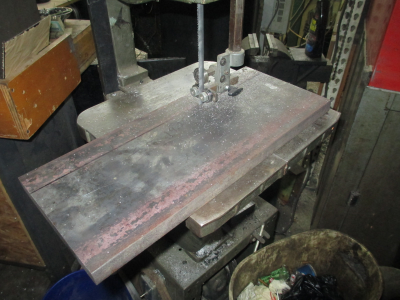
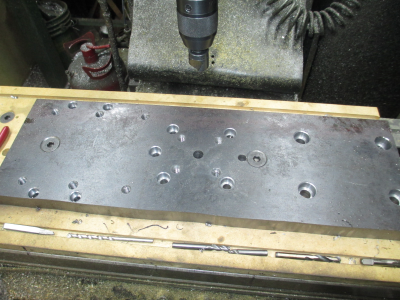
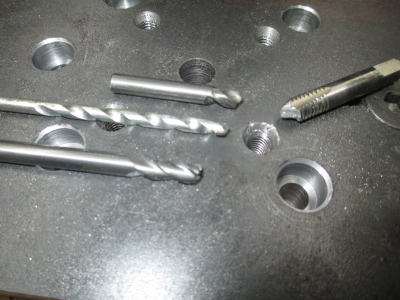
 Pretty cool hitting them at 400 ipm in a rapid move and knocking an inch or 3 off your end mill .
Pretty cool hitting them at 400 ipm in a rapid move and knocking an inch or 3 off your end mill . 
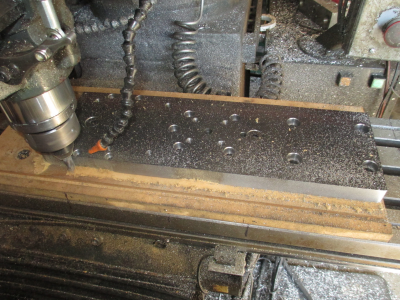
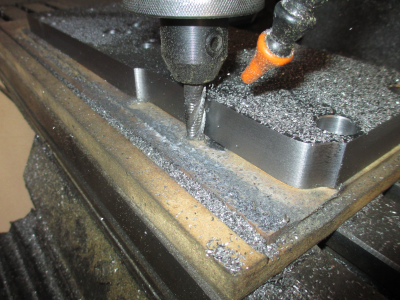
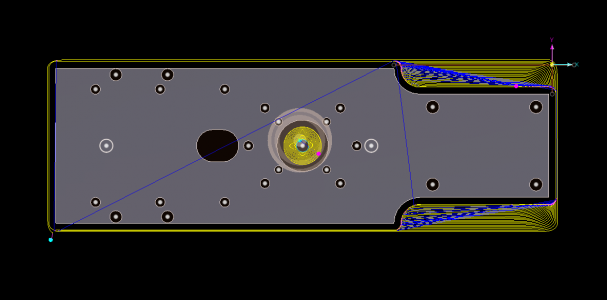
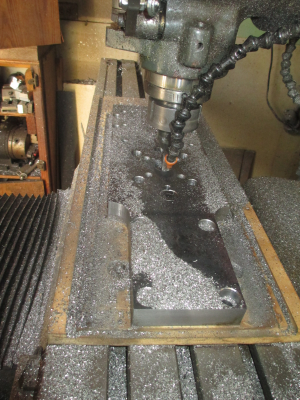
 Worse yet is I'm not even exactly sure where any feature is at relative to the existing edges because they are not finished and are of a bit indeterminate size because the end mill was a bit smaller than 1/2 inch and the material was cut ~1/8'' oversize all around and I zeroed on the raw edges.
Worse yet is I'm not even exactly sure where any feature is at relative to the existing edges because they are not finished and are of a bit indeterminate size because the end mill was a bit smaller than 1/2 inch and the material was cut ~1/8'' oversize all around and I zeroed on the raw edges.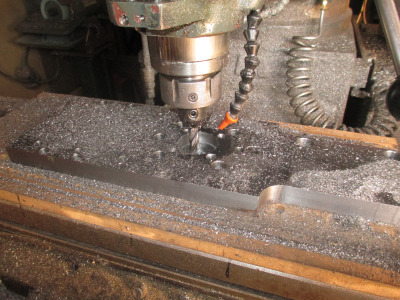
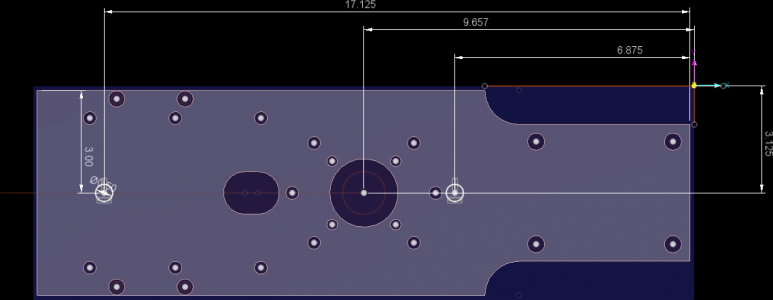
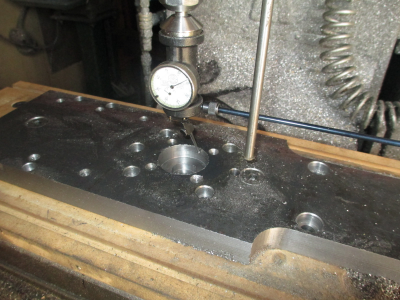
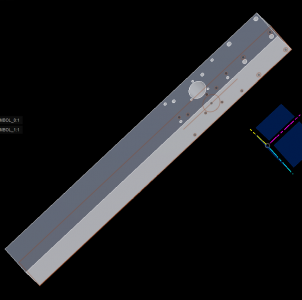
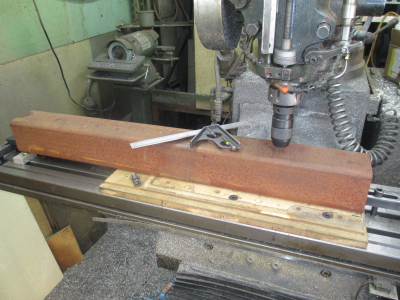
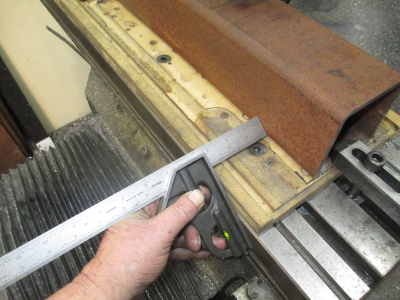
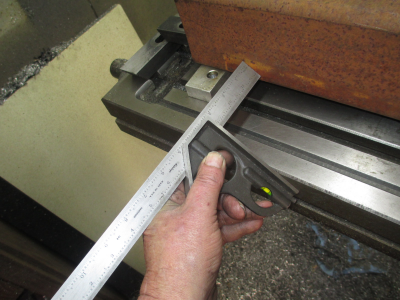
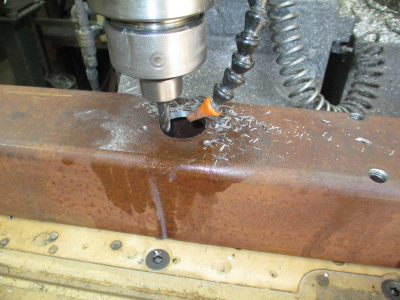
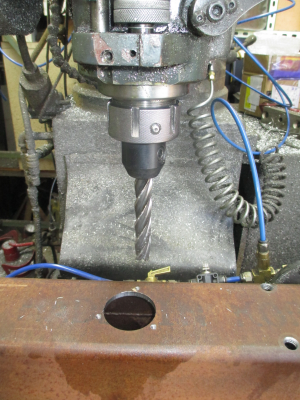
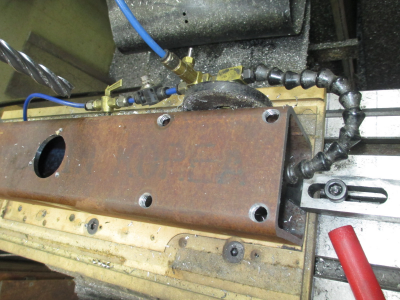
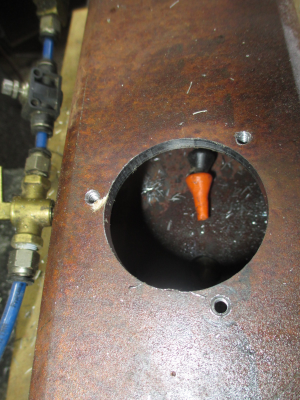
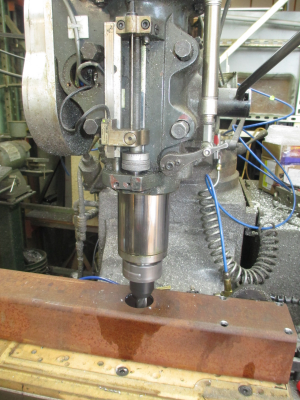
 But everything went smooth with minimal chatter.
But everything went smooth with minimal chatter.